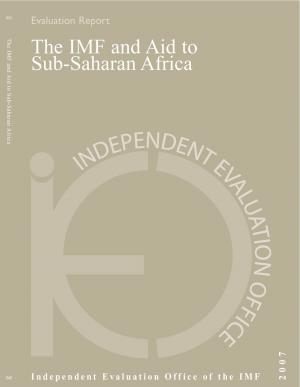Unlocking Female Employment Potential in Europe
Business & Finance, Career Planning & Job Hunting, Labor, Nonfiction, Social & Cultural Studies, Social Science, Gender Studies, Economics| Author: | Lone Engbo Christiansen, Joana Pereira, Petia Topalova, Rima Turk | ISBN: | 9781513518183 |
| Publisher: | INTERNATIONAL MONETARY FUND | Publication: | March 1, 2016 |
| Imprint: | Language: | English |
| Author: | Lone Engbo Christiansen, Joana Pereira, Petia Topalova, Rima Turk |
| ISBN: | 9781513518183 |
| Publisher: | INTERNATIONAL MONETARY FUND |
| Publication: | March 1, 2016 |
| Imprint: | |
| Language: | English |
With an aging population and declining productivity growth, Europe faces serious challenges to raising its output growth. Adding to these challenges are the various gender gaps in the labor market. Despite significant progress in recent decades, there are still fewer women than men participating in Europe’s labor market, and women are more likely to work part time. Furthermore, a smaller share of women reaches the top rungs of the corporate ladder. Could greater gender equality in the labor market help mitigate the slowdown in Europe’s growth potential? Against this backdrop, this paper investigates the drivers of female labor force participation in Europe as well as what effects greater gender diversity in senior corporate positions might have for Europe’s economic performance. Reexamining the factors driving women’s labor force participation is particularly important because in many European countries the process of closing the gender gap has stalled despite greater gender equality in human capital investment, declining birth rates, changing social norms, and equal legal access to employment opportunities. Investigating whether firm performance could be improved if women held a greater share of senior positions is also essential given that the empirical evidence from past research into this question has been inconclusive.
With an aging population and declining productivity growth, Europe faces serious challenges to raising its output growth. Adding to these challenges are the various gender gaps in the labor market. Despite significant progress in recent decades, there are still fewer women than men participating in Europe’s labor market, and women are more likely to work part time. Furthermore, a smaller share of women reaches the top rungs of the corporate ladder. Could greater gender equality in the labor market help mitigate the slowdown in Europe’s growth potential? Against this backdrop, this paper investigates the drivers of female labor force participation in Europe as well as what effects greater gender diversity in senior corporate positions might have for Europe’s economic performance. Reexamining the factors driving women’s labor force participation is particularly important because in many European countries the process of closing the gender gap has stalled despite greater gender equality in human capital investment, declining birth rates, changing social norms, and equal legal access to employment opportunities. Investigating whether firm performance could be improved if women held a greater share of senior positions is also essential given that the empirical evidence from past research into this question has been inconclusive.















